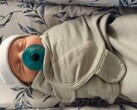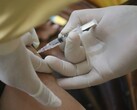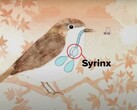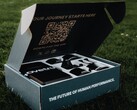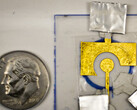How cancer cells find a way to stay alive when pushed to the limit

As of July 30, researchers at the Centre for Genomic Regulation (CRG) in Barcelona have identified a rapid energy response mechanism in cancer cells when they are subjected to mechanical compression. The study iterates that when cancer cells are physically squeezed, their mitochondria (structures that produce energy for cells) move quickly towards the nucleus, forming clusters called nucleus-associated mitochondria (NAMs). These NAMs deliver a surge of adenosine triphosphate (ATP), the cell’s main energy molecule, directly into the nucleus within seconds.
The aforementioned ATP influx rises by approximately 60% in three seconds and is essential for DNA repair. When compressed, cells experience DNA stress, which leads to broken strands. The increased ATP activates efficient operation of DNA repair machinery. Cells which don't have this ATP burst fail to divide properly.
The process largely depends on the cytoskeletal scaffold - an internal support structure made from actin filaments - which are protein fibers that maintain cell shape. The endoplasmic reticulum, a network inside the cell, also plays a key role in trapping the mitochondria near the nucleus. Disrupting this scaffold using latrunculin A prevents NAM formation and stops the ATP surge. For reference, latrunculin A is a chemical that dismantles actin filaments.
Analysis of breast tumour biopsies from 17 patients showed three times more NAMs at invasive tumour fronts - areas at the edge of tumors where cancer cells are spreading - than in the dense tumour core. Researchers are stating that targeting this internal support framework could impair cancer cells’ response to mechanical stress, which could limit the invasiveness of the tumour while keeping the healthy tissue alive.
The study was conducted using a microscope capable of compressing cells to three microns wide. The phenomenon was observed in 84% of squeezed HeLa cells (a line of human cancer cells originally taken from a cervical tumor in 1951 that can grow and divide indefinitely in the lab) and was absent in uncompressed cells. All this sheds new light on how cancer cells can withstand mechanical challenges during invasion and, hopefully, help researchers identify a potential new target for therapy.




